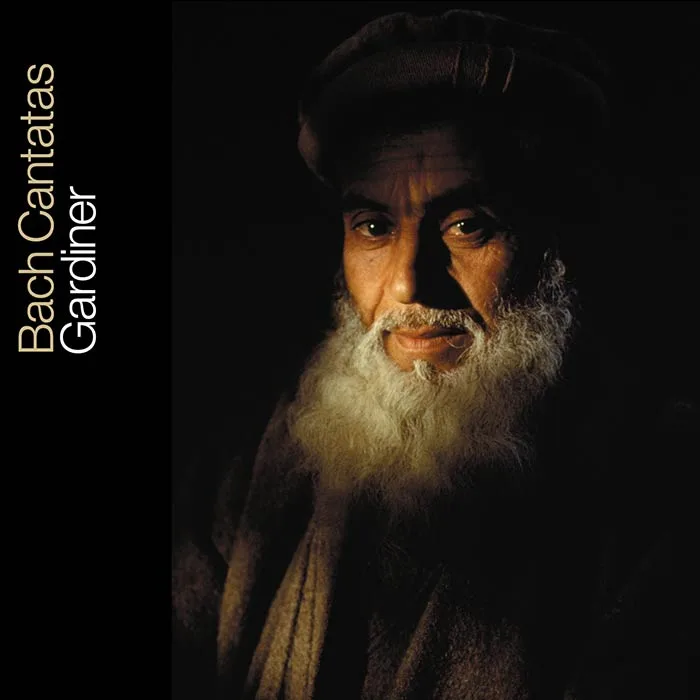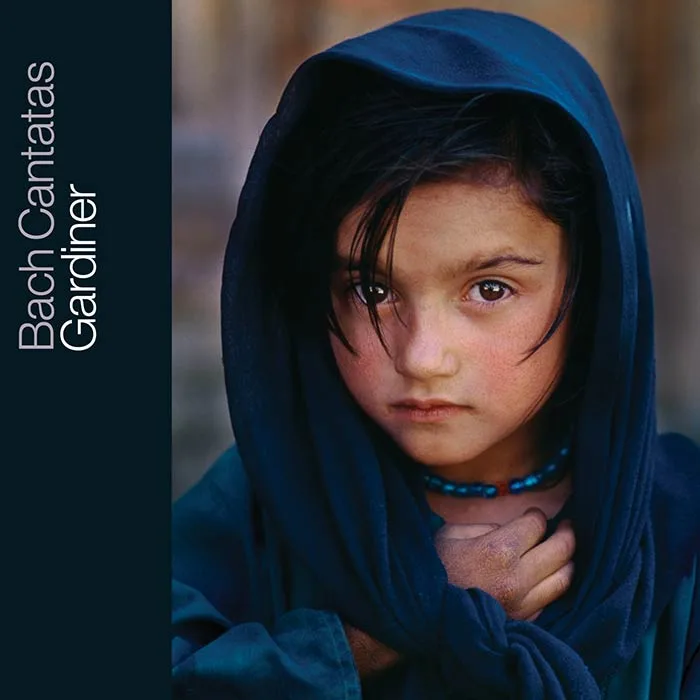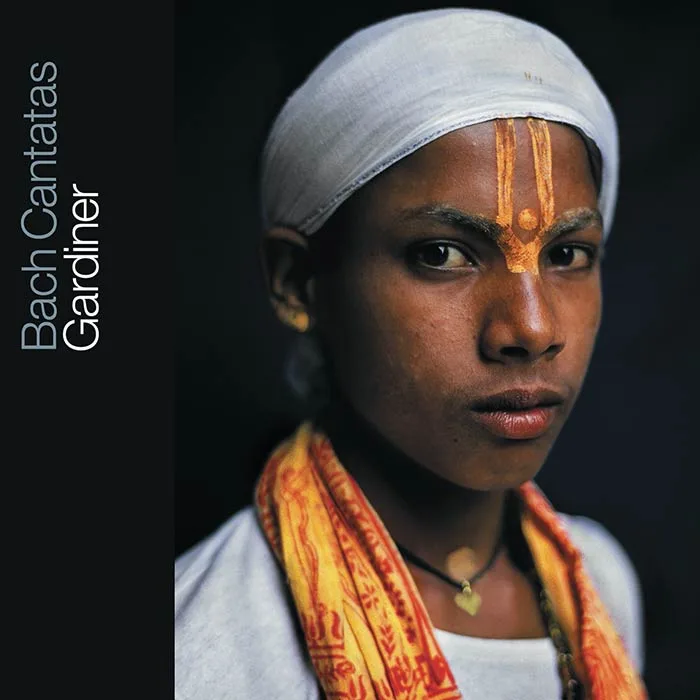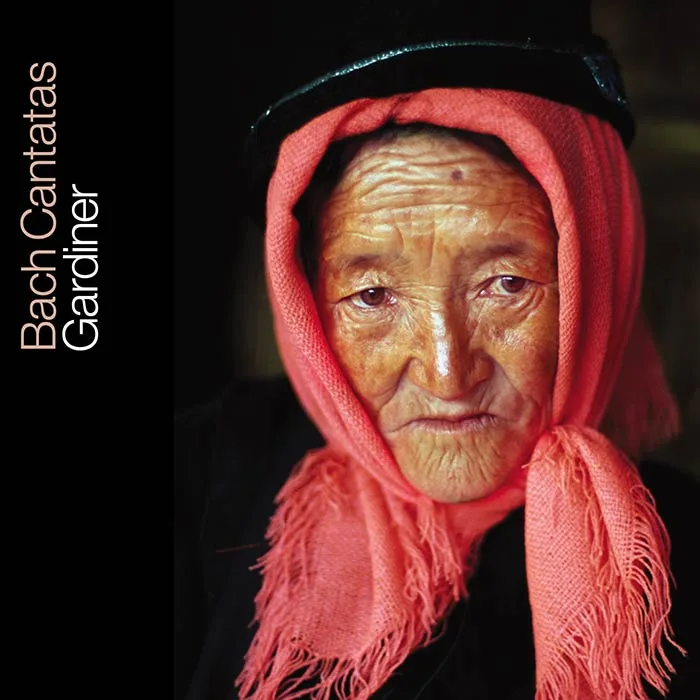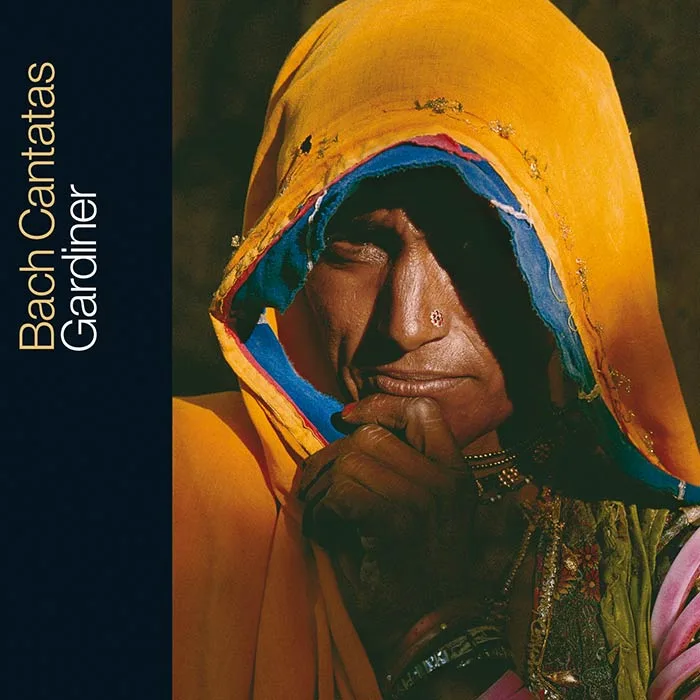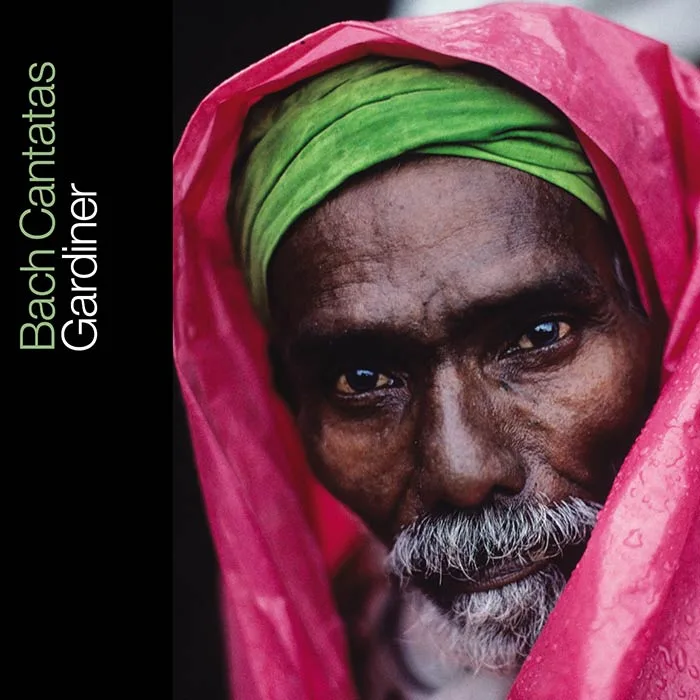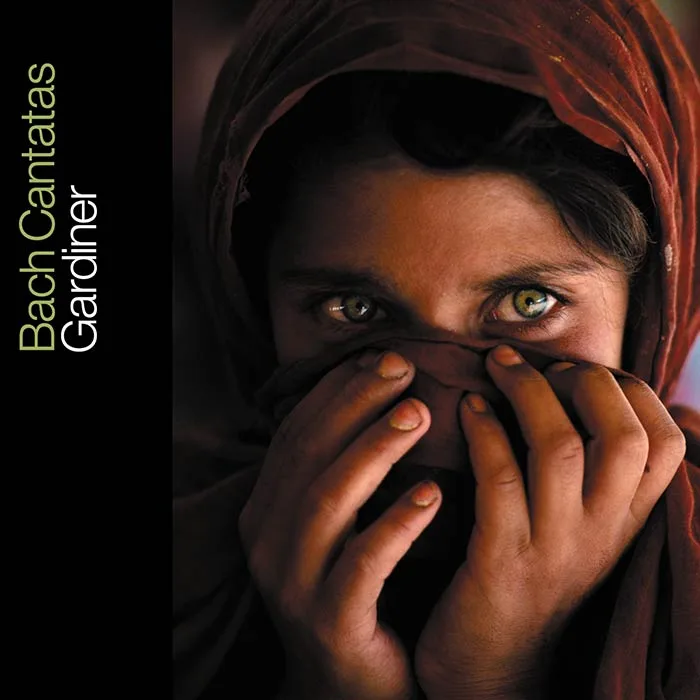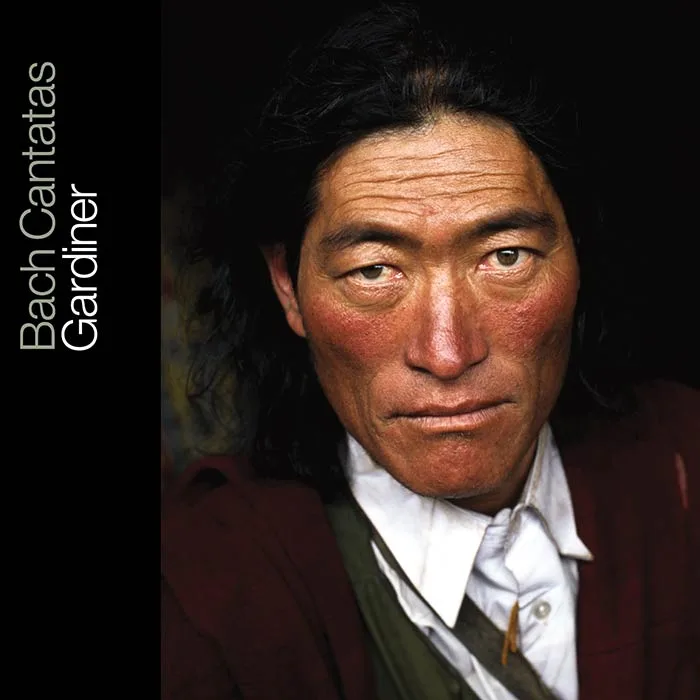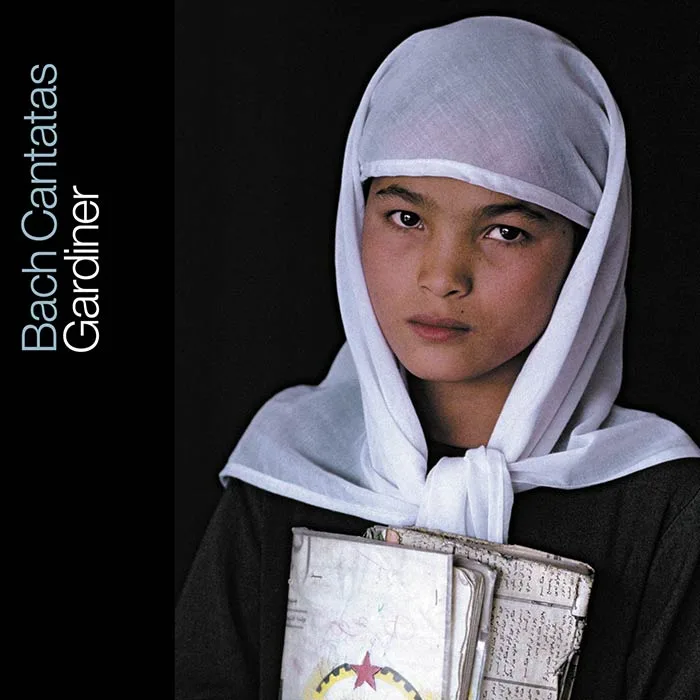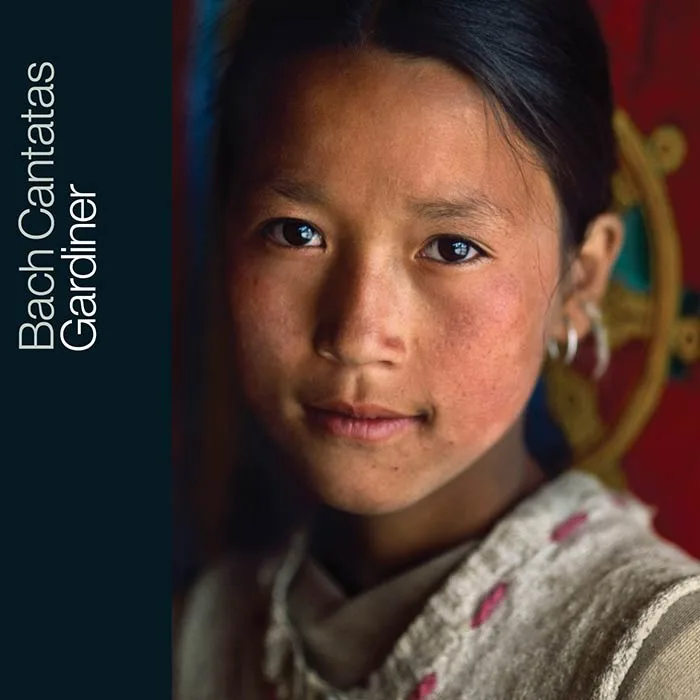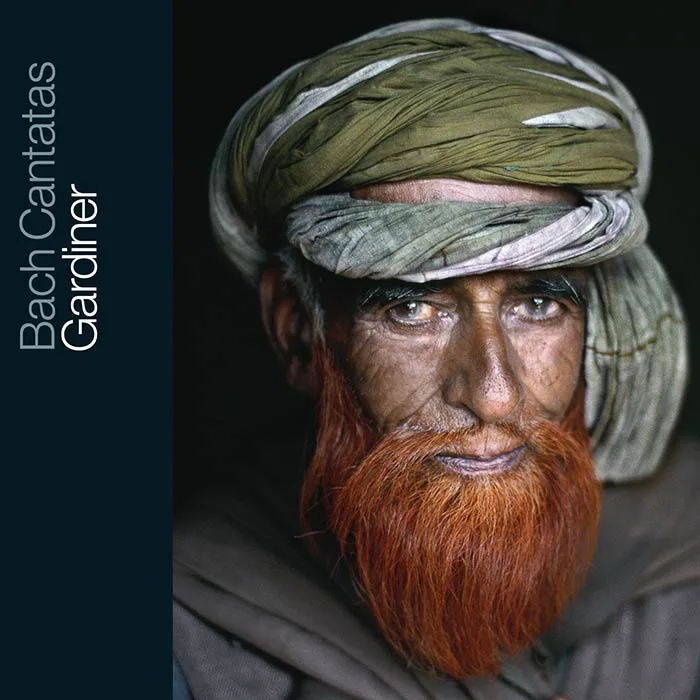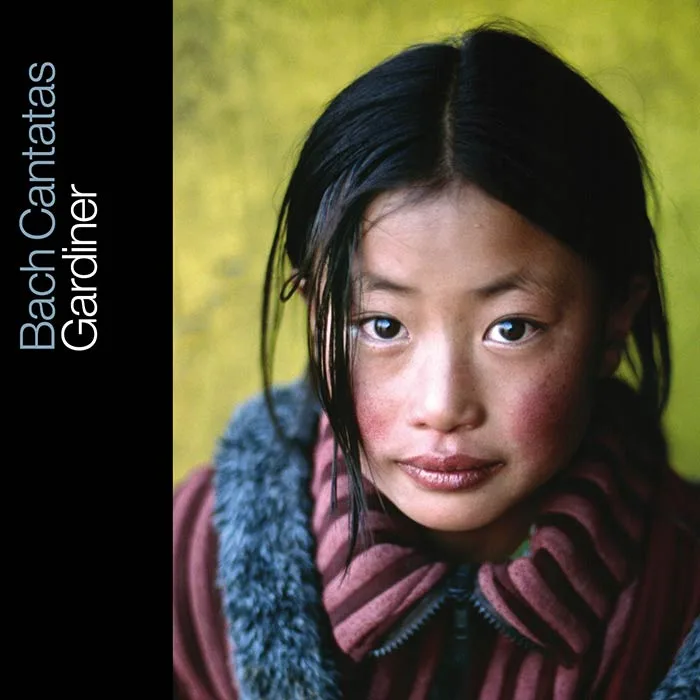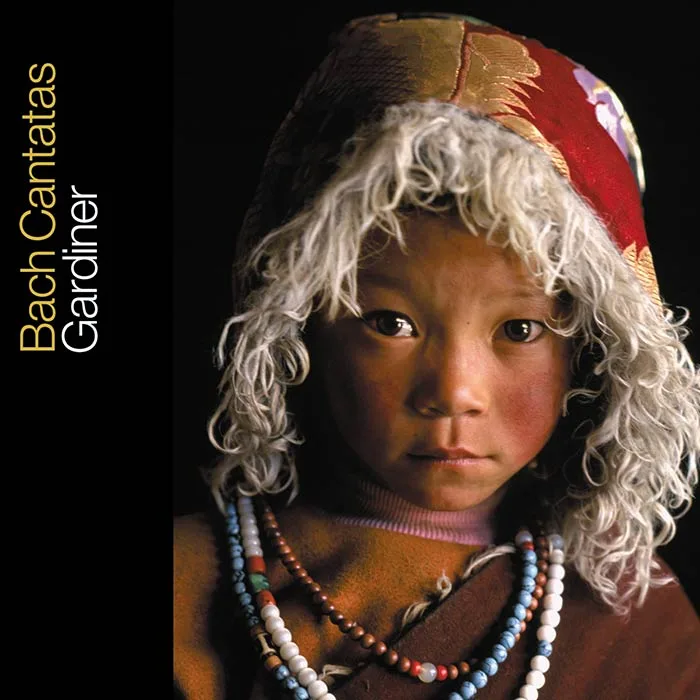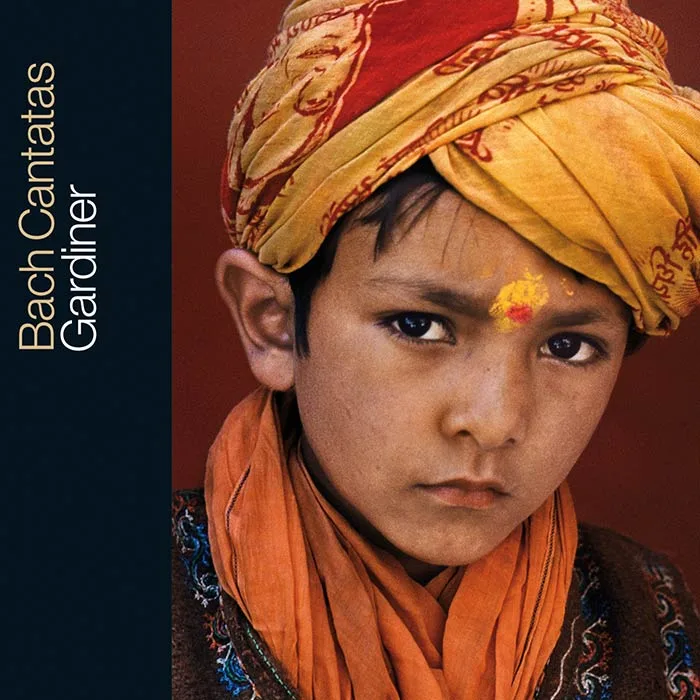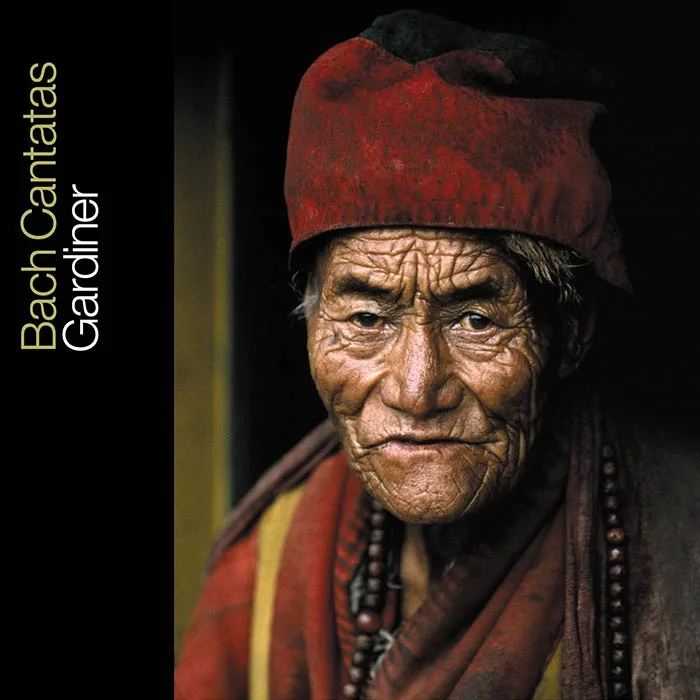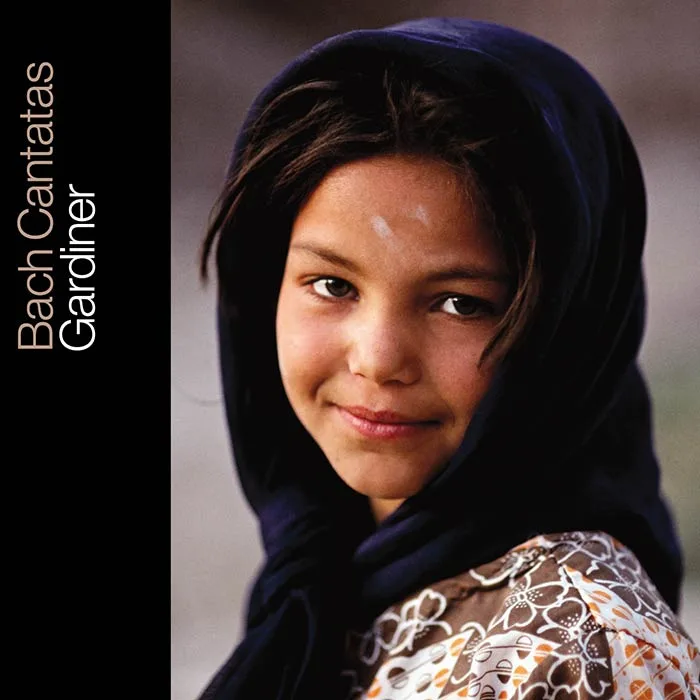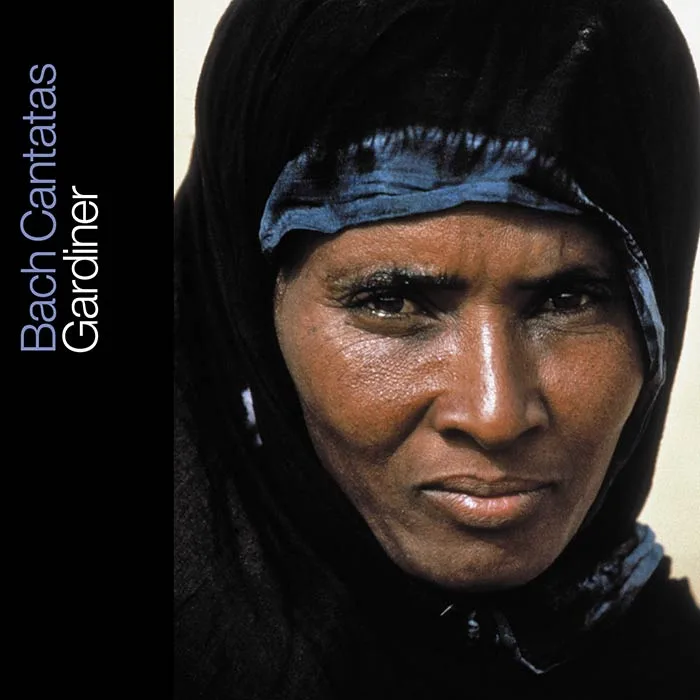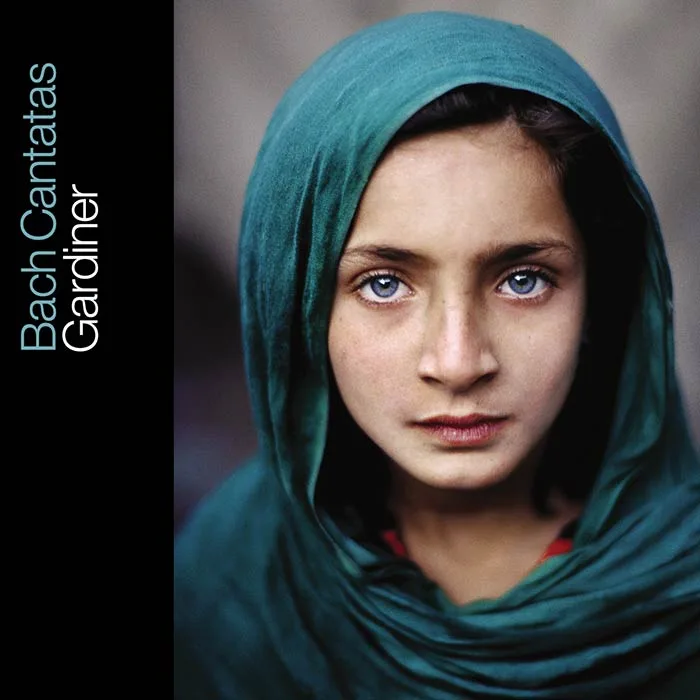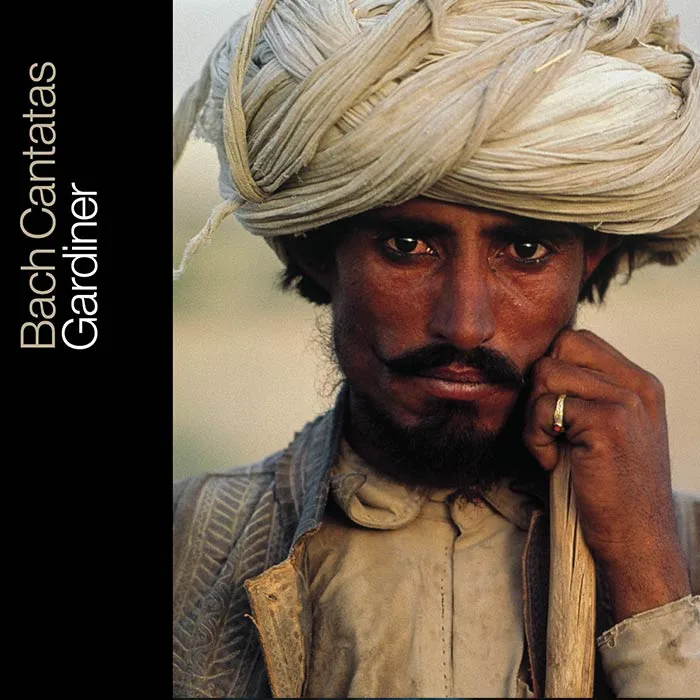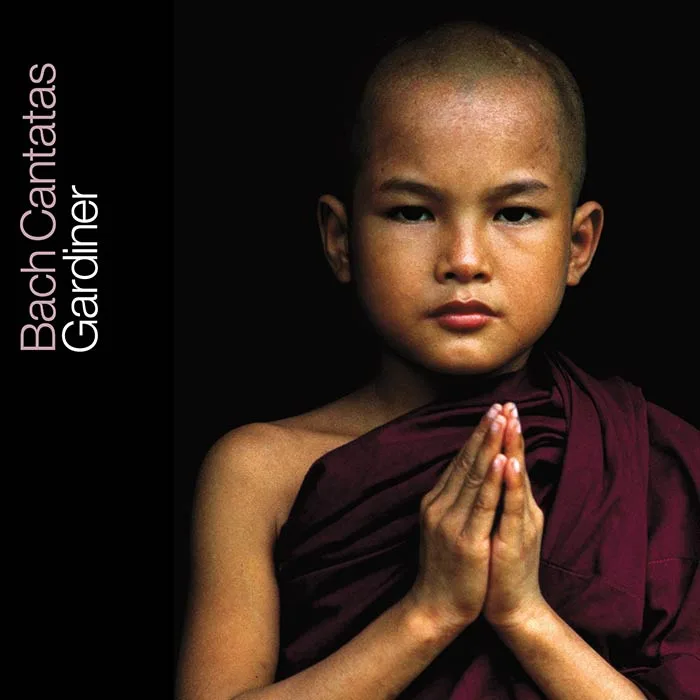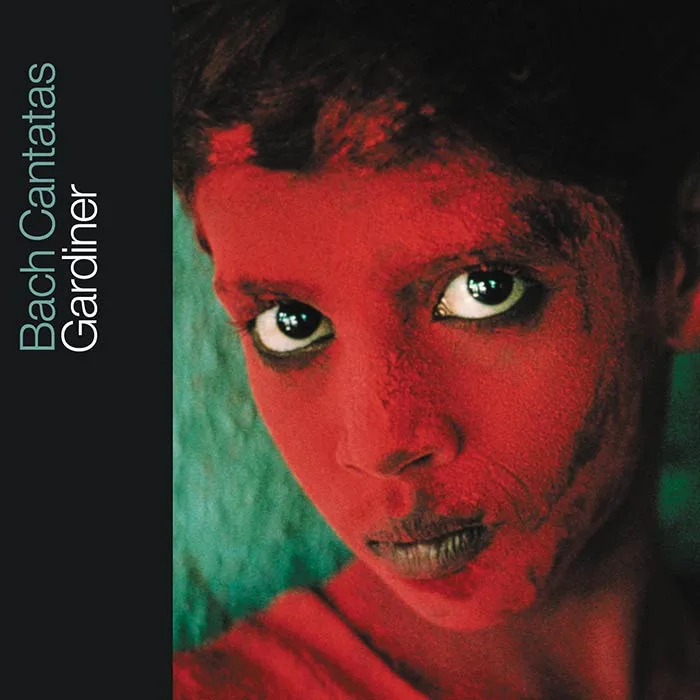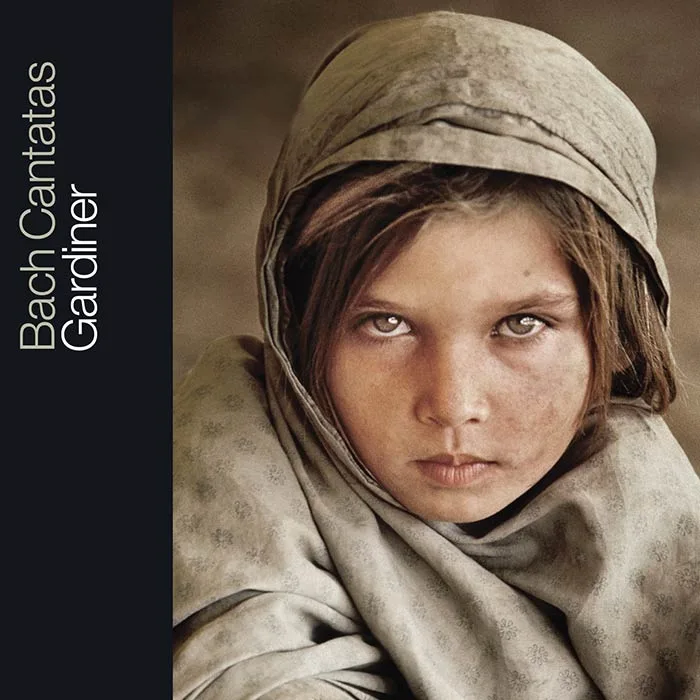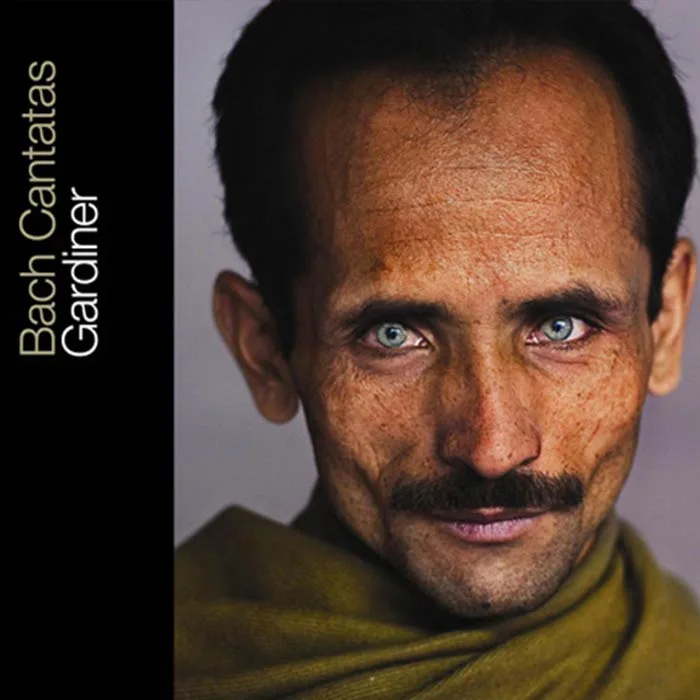Zaloguj/Wyloguj
Bach Cantatas Gardiner
Bach Cantatas Gardiner – w zestawie znajduje się kompletny komentarz do każdej kantaty oraz teksty w języku angielskim i niemieckim, co pozwala słuchaczom na głębsze zrozumienie i aprecjację tych ponadczasowych dzieł. Nagrania zostały zrealizowane podczas pielgrzymki po kantatach Bacha, co dodaje im autentyczności i pozwala słuchaczom poczuć atmosferę historycznych wykon. Monteverdi Choir i English Baroque Soloists pod batutą Gardinera przekazują nie tylko muzykę, ale także pasję i głębokie zrozumienie dzieł Bacha. To wyjątkowe wydanie jest dostępne w eleganckim boxie, który stanowi doskonałe uzupełnienie każdej kolekcji miłośnika muzyki klasycznej.


Steve Mccurry
Steve McCurry od ponad pięciu dekad jest jedną z najbardziej kultowych postaci współczesnej fotografii.
Urodzony w Filadelfii w Pensylwanii, McCurry studiował kinematografię na Uniwersytecie Stanowym Pensylwanii, zanim rozpoczął pracę w gazecie. Po dwóch latach McCurry odbył swoją pierwszą z wielu podróży do Indii. Podróżując z niewiele więcej niż torbą ubrań i filmem, przemierzył subkontynent, zwiedzając kraj ze swoim aparatem.
źródło: Oficjalna strona McCurryego

Poniżej 28 okładek albumów opatrzonych zdjęciami autorstwa Steva McCurry`ego
W kolekcji kantat Jana Sebastiana Bacha pod dyrekcją Johna Eliota Gardinera znajduje się wiele wybitnych dzieł, które są uznawane za kamienie milowe w historii muzyki. Do najważniejszych należą między innymi „Ich habe genug” BWV 82, pełna głębokiej ekspresji i introspekcji, oraz „Jauchzet Gott in allen Landen” BWV 51, która zachwyca swoją wirtuozowską partią trąbki i sopranu. Nie można pominąć „Herz und Mund und Tat und Leben” BWV 147, zawierającej słynny chorał „Jesu bleibet meine Freude”, znany również jako „Jesu, Joy of Man’s Desiring”. Ponadto, „Wachet auf, ruft uns die Stimme” BWV 140, z niezapomnianym chorałem, który stał się jednym z najbardziej rozpoznawalnych motywów w całej twórczości Bacha. „Weinen, Klagen, Sorgen, Zagen” BWV 12, z kolei, jest przykładem głębokiego dramatyzmu i muzycznej retoryki. Każda z tych kantat, jak i wiele innych w kolekcji, reprezentuje różnorodność stylów i emocji, które Bach potrafił wyrazić za pomocą muzyki. Gardiner, z niezrównanym zrozumieniem i wrażliwością, oddaje ducha tych dzieł, zapewniając słuchaczom niezapomniane doświadczenie muzyczne.

